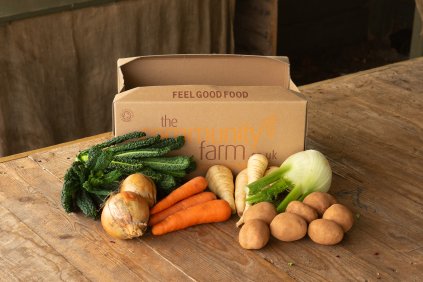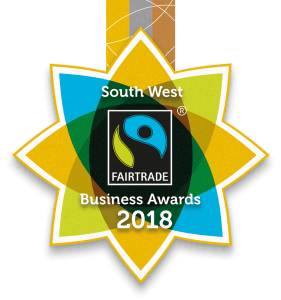The Community Farm's first ever birdwatch happened on a perfect morning in May. The night before the event, after a long period of drought, a storm brought rain; there was a freshness in the fields and hedgerows, the latter bursting with white hawthorn blossom. Hugh Norton, board member, welcomed around ten people in the Yurt and encouraged us all to listen out for bird song and calls as well as using our eyes.
People of all ages came along – our youngest member, Rory, who is still in primary school - is already a keen 'birder'. As we left the yurt to walk around the farm Rory was the first to spot two swifts zooming over the home field like fighter jets. What a sight! We walked down towards an oak tree where, in January, we had erected an artificial barn owl nesting box and also put up a tawny owl box nearby.As we passed underneath the oldest ash tree on the farm, we thought we saw a greenfinch, high up in the top branches. It's often hard to tell small species when they are silhouetted against a light sky but as we looked again through binoculars we saw a pink blush to its breast. It turned out it was, in fact, a linnet - nowadays not a very common bird on farmland. The bird song was superb and moved all of us on this beautiful morning.
Hugh counted twenty-two species including swallows that, like the swifts, had arrived in Britain after their long migration from Africa. Amongst many others, we saw a song thrush by the warehouse and a pair of mallards relaxing in the sun. Using their powerful wings, four Canada geese flew low over our heads, honking as they went. It was a deep-throated call as if to say 'got-to-get-there, got-to-get-there', as they went in search of their next meal.
Surprisingly, we got the chance to watch four shelducks, two of whom were doing a courtship dance in the middle of a field just beyond the farm's boundary. According to the Collins guide 'Birds of Britain and Europe', these goose-like ducks do nest occasionally inland, sometimes on bushy commons so I wonder whether they are nesting nearby? They look white and black at long range but if you look through binoculars you can see they have a greenish-black head and a chestnut belt that encircles their white body. They are magnificent birds. We are lucky on the farm to be so near Chew Valley Lake. We not only see farmland birds but wetland wildfowl as well! We hope to set up a quarterly bird watch so do let us know if you would be interested in coming along and sharing more close encounters with the many beautiful species we see on the farm.
- Sarah Pitt,
Board member














